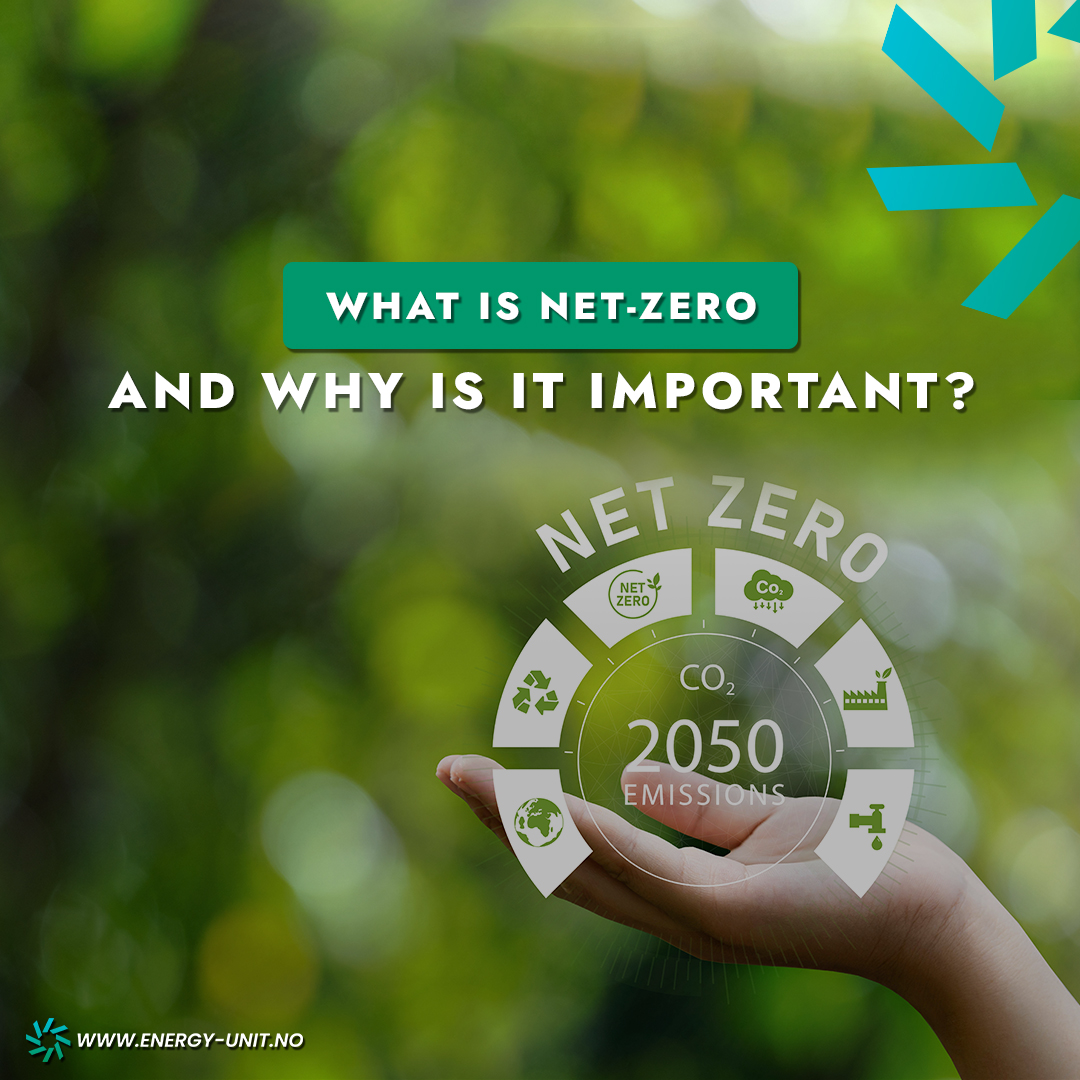As the world continues to grapple with the impacts of climate change, the concept of “net-zero” is gaining momentum as a key strategy in the fight against global warming. But what does “net-zero” really mean, and why is it important? In this post, we’ll explore the concept of net-zero, what it entails, and why it’s a crucial part of our sustainability efforts.
What is Net-Zero?
Net-zero is a term used to describe the balance between the amount of greenhouse gas emissions produced and the amount removed from the atmosphere. This means that any emissions produced are offset by activities that remove an equivalent amount of emissions from the atmosphere, resulting in a net-zero balance.
In practical terms, achieving net-zero emissions involves reducing emissions as much as possible through energy efficiency, clean energy, and other sustainable practices. Any remaining emissions can then be offset through activities like reforestation, carbon capture, and the use of carbon credits.
Why is Net-Zero Important?
Achieving net-zero emissions is a critical step in mitigating the impacts of climate change. The Intergovernmental Panel on Climate Change (IPCC) has warned that global warming must be limited to 1.5 degrees Celsius above pre-industrial levels to avoid the most catastrophic impacts of climate change, such as sea-level rise, extreme weather events, and loss of biodiversity.
To achieve this, global greenhouse gas emissions must be reduced by 45% by 2030 and reach net-zero by 2050. Failing to reach net-zero emissions by 2050 would make it almost impossible to limit global warming to 1.5 degrees Celsius.
Achieving net-zero emissions also offers numerous benefits beyond mitigating the impacts of climate change. It can help to reduce air pollution, improve public health, and create jobs in the renewable energy and sustainable industries.
How Can We Achieve Net-Zero?
Achieving net-zero emissions will require a comprehensive approach that involves reducing emissions as much as possible through sustainable practices and offsetting any remaining emissions through activities that remove an equivalent amount of emissions from the atmosphere.
To achieve net-zero, we will need to transition to a low-carbon economy by increasing the use of renewable energy sources like wind and solar, improving energy efficiency in buildings and transportation, and transitioning to electric vehicles. We will also need to invest in carbon capture and storage technologies and reforestation projects to offset any remaining emissions.
As individuals, we can also take steps to reduce our own carbon footprint by using energy-efficient appliances, reducing meat consumption, and using public transportation or carpooling.
Conclusion
Net-zero is a crucial concept in the fight against climate change, and achieving it will require a comprehensive approach that involves reducing emissions as much as possible and offsetting any remaining emissions through sustainable activities. By transitioning to a low-carbon economy and investing in renewable energy sources, we can create a more sustainable future and mitigate the impacts of climate change.
